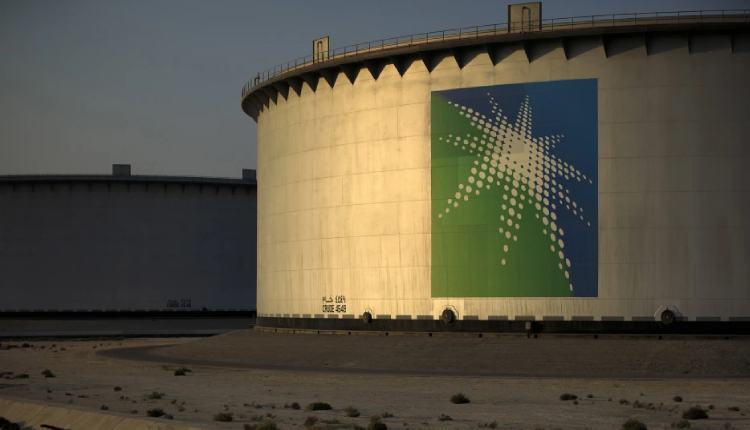Saudi Arabia’s state oil producer Aramco reported a 3.4 per cent decline in second-quarter net income on Tuesday, reflecting lower crude oil volumes sold and weaker refining margins.
Despite the decline, Aramco’s net income of 109.01 billion riyals ($29.03 billion) for the three months ended June 30th surpassed analyst expectations. A median estimate from 15 analysts provided by the company had forecast a profit of $27.7 billion.
Aramco declared a total of $31.1 billion in dividends for the second quarter, including $10.8 billion in performance-linked payouts.
This performance-linked dividend scheme, introduced by the company last year, supplements a base dividend paid regardless of financial results – a practice uncommon among publicly traded companies.
Looking ahead, Aramco expects to maintain its strong dividend performance with a total of $124.2 billion distributed throughout 2024, aligning closely with previously announced guidance of $124.3 billion.
These dividends are crucial for the Saudi government, which directly owns nearly 81.5 per cent of Aramco and relies heavily on the company’s payouts, including royalties and taxes.
Additionally, Saudi Arabia’s sovereign wealth fund, the Public Investment Fund (PIF), holding a 16 per cent stake in Aramco, also benefits significantly from Aramco’s dividends.
Aramco’s capital expenditure in the second quarter rose nearly 14 per cent year-on-year to $12.1 billion. These investments are partly directed towards maintaining its maximum sustainable crude oil production capacity of 12 million barrels per day and expanding its gas business.
“Aramco remains confident in its forecasts for medium- and long-term demand growth, and the company continues to execute its growth strategy,” it said in a statement.
Saudi Arabia, the de facto leader of the Organisation of the Petroleum Exporting Countries (OPEC), is currently pumping roughly nine million barrels per day (bpd), representing about three-quarters of its capacity.
The kingdom has implemented production cuts alongside other OPEC members and allies in a group known as OPEC+.
Since 2022, OPEC+ has collectively cut output by a total of 5.86 million barrels per day, or about 5.7 per cent of global demand, aiming to bolster the market amid concerns over global economic growth and rising supply outside the group.
These production cuts, coupled with declining oil prices, have put pressure on Saudi Arabia’s state finances. Last week, the kingdom reported a second-quarter deficit exceeding $4 billion.
To address these financial needs, the Saudi government sold a fresh tranche of Aramco shares earlier this year, generating $12.35 billion.
Additionally, it has been a leading issuer of debt in emerging markets, raising $17 billion through Eurobond sales.
Aramco itself raised $6 billion through bonds last month, and the PIF has also secured billions in debt this year as it spearheads the ambitious Vision 2030 economic agenda to diversify the kingdom’s economy away from oil dependence.
Attribution: Reuters


